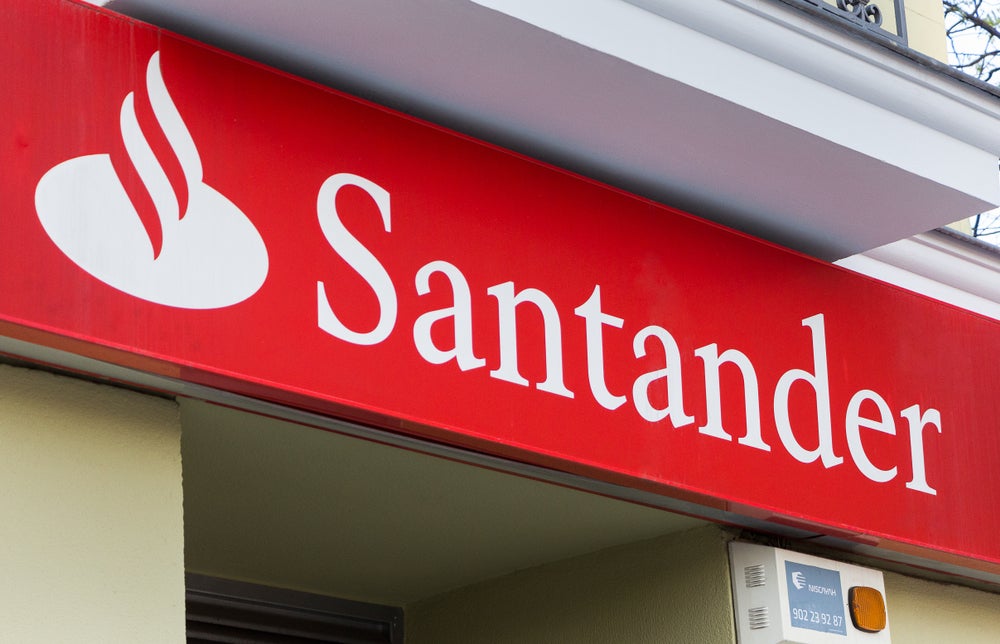Staying ahead of the innovation curve in the digital channels space, Auckland Savings Bank was the first to launch a virtual Facebook branch in 2010. Now ASB has upgraded its offering and launched a payments-facility enabling customers to send money to their Facebook friends. General manager brand experience and digital channels at ASB, Anna Curzon, talks to Meghna Mukerjee
While mobile wallets are still an emerging technology across the world, New Zealand-based Auckland Savings Bank (ASB) started offering mobile wallets to its customers back in 2006.
Staying ahead of the innovation curve in the digital channels space, ASB started operating a virtual branch on Facebook in December 2010. In July, ASB further upgraded its Facebook offering and launched a payments-facility via which customers can send money to any of their Facebook friends in real time.
General manager for brand experience and digital channels at ASB, Anna Curzon, says, the virtual branch came about following the lenders belief to be where customers are, and the new payments service is an extension of the same strategy.
The Facebook branch was a world first. We were looking at the way New Zealanders were interacting on social media and we found they have more Facebook friends than the typical Facebook user globally, on average.
People have given us great feedback so far and 95% of our customers Like us on Facebook a very powerful metric for social media.
How well do you really know your competitors?
Access the most comprehensive Company Profiles on the market, powered by GlobalData. Save hours of research. Gain competitive edge.

Thank you!
Your download email will arrive shortly
Not ready to buy yet? Download a free sample
We are confident about the unique quality of our Company Profiles. However, we want you to make the most beneficial decision for your business, so we offer a free sample that you can download by submitting the below form
By GlobalDataAccording to Curzon, the Facebook branch is tailored such that customers can have private and secure conversations with ASB professionals on weekdays as well as weekends. ASBs Facebook branch operates between 10am and 6pm, following a brick-and-mortar branchs timings, and enables customers to carry out transactional services.
Customers go through the identification process in the same way that they would do for internet banking and they can carry out the same transactions that they would be able to through the banks contact centre, informs Curzon.
In June, ASB became the first bank in New Zealand to allow customers to make payments using their mobile banking app to a persons mobile number or email address. Within three weeks of offering this functionality, the lender had over 80,000 downloads of its upgraded mobile banking app.
You can send a sum of money to anyone in New Zealand with a mobile number or email address and valid New Zealand bank account it does not have to be an ASB account. The app sends the payment information over with a code and the receiver can use his or her account number and the code to have the money deposited, says Curzon.
With the Facebook-payments functionality now added to the mobile banking app, the payee can get payment verifications on his or her Facebook account and approve the transaction accordingly.
According to Curzon, consumers will have as much security making payments via Facebook as they would over internet banking. We make sure customers feel comfortable and confident they can be open and honest with our banking specialists and find a solution quickly and simply, adds Curzon.
With 57,155 Facebook Likes so far, Curzon emphasis that ASB focuses strongly on its digital strategy and every social media community offers a different opportunity for the lender.
Twitter, technically, keeps consumers engaged in discussions. If we are thinking of launching a new service we have a conversation about it through Google+ Hangouts with people from different parts of New Zealand and show them what we are talking about, explains Curzon.
But every social media platform has its constraints that must be recognised and Curzon says it is up to the banks to ensure they are keeping up with the fast pace at which consumers are evolving.
We actually need to get an idea of what the future looks like and share that with the consumers. New Zealand in particular is a digitally advanced country and New Zealanders stay ahead in embracing new technology. We have worked hard to build a high level of trust with our customers. They understand if ASB offers a new functionality it is safe and users are ready to adopt it at a fast rate, says Curzon.
Despite the importance of digital channels, however, ASBs physical branches are extremely important to its distribution strategy, emphasises Curzon.
We offer our customers a portfolio options and it is our responsibility to ensure they get a frictionless experience across all those channels. We try and make sure we are meeting our customers at the right time with the right solution.
Some people are comfortable going to the local branch and we welcome that community, but we also understand a large part of our customers are busy and want to do things quickly. We provide digital banking tools as well because you shouldnt be spending your Saturdays doing accounts.
The retail banking space in New Zealand encourages healthy competition but ASB differentiates itself by developing specific solutions after understanding the needs of its customers and the community, says Curzon. We do not get distracted by what the competition is doing, she adds.
ASB, however, looks beyond banks at more non-traditional players as well from a competitive point o view. Google, for instance, has launched a mobile wallet and they understand where the value lies and where the customers are. We take a global perspective and learn from what is happening in the emerging markets as well, says Curzon.
The challenges ahead, according to Curzon, are to run fast and become more agile in bringing inventive products to market.
We have a long history of product innovation, great relationships with our partners and we are hungry for more. We were the first bank in New Zealand to launch internet banking services and then mobile banking services.
In the future, we will start thinking about location-based services and how we can make our customers banking experience easier no matter where they physically are, adds Curzon.







